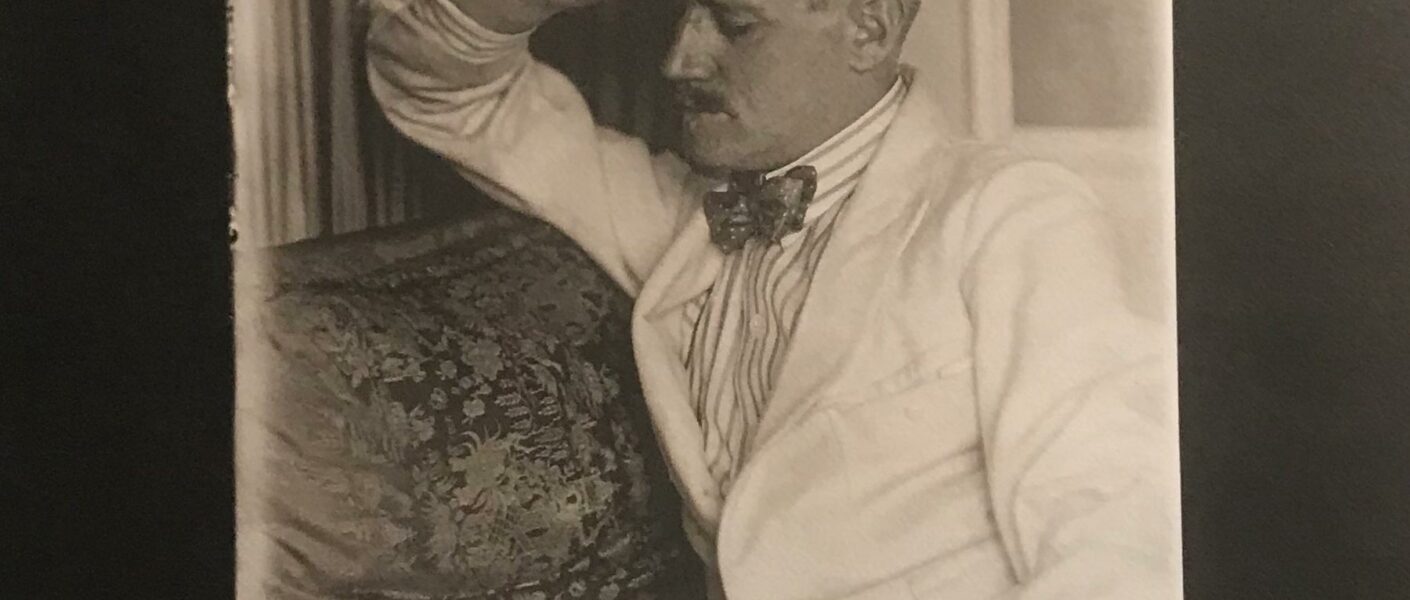Berenice Abbott was a pioneering American documentary photographer. Abbot is best known for her series Changing New York (1936–1938), which captured the architecture and shifting social landscape of the city during the Great Depression as a part of the WPA’s Federal Art Project. “A photograph is not a painting, a poem, a symphony, a dance. It is not just a pretty picture, not an exercise in contortionist techniques and sheer print quality,” she once explained. “It is or should be a significant document, a penetrating statement, which can be described in a very simple term—selectivity.” Born on July 17, 1898 in Springfield, OH, Abbott briefly attended Ohio State University before dropping out and moving to New York. Living in Greenwich Village, she became interested in sculpture and later traveled to Europe to study art in both Paris and Berlin.
Her introduction to photography came when she made contact with the famed Surrealist Man Ray, who hired her as a darkroom assistant in 1923. Upon return to New York in 1929, Abbot began documenting the city in the manner of her of one of her major influences Eugène Atget. After the success of the late 1930s, she traveled America taking pictures before eventually settling in Maine. The artist died in Monson, ME on December 9, 1991. Today, Abbott’s photographs are held in the collections of The Museum of Modern Art in New York, the J. Paul Getty Museum in Los Angeles, and the Walker Art Center in Minneapolis, among others.
BACK TO ARTISTS
BACK TO ARTISTS

